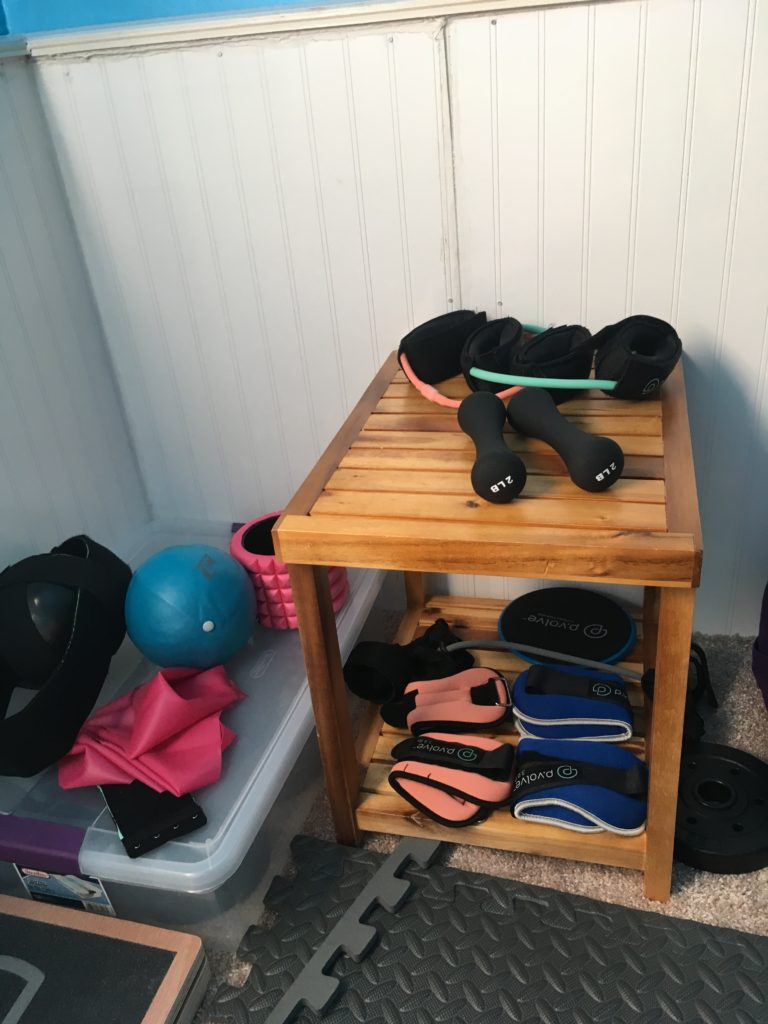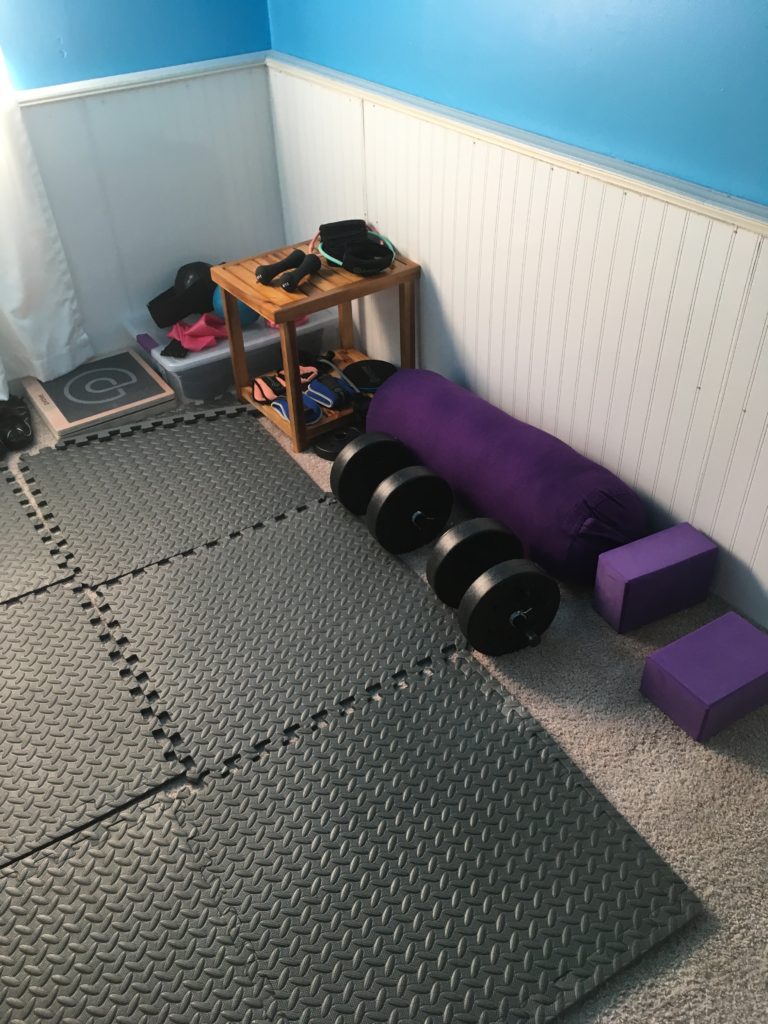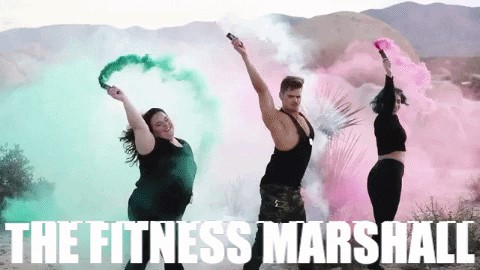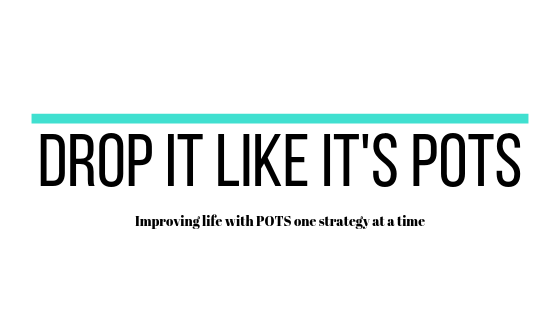Exercise has been one of the most impactful ways that I have improved my quality of life with POTS so far. When I was first diagnosed I was functioning around 30% of my normal. Today (September 2019), I function around 50-60% of my normal. I would attribute exercise to creating at least half of that improvement. It doesn’t seem like a lot, but if you have chronic illness, you know how sweet every 1% is.
How does exercise help?
Many POTS patients have lower than normal blood volume, smaller than normal hearts, and lower than normal stroke volume (how much blood is being pumped out per heartbeat). Exercise has been shown to increase blood volume, increase heart size, increase cardiac muscle strength, and increase stroke volume. As you can see, exercise targets some of the issues that POTS patients have.
Exercise also improves venous return. Leg muscles contribute to the body’s ability to pump blood back to the heart. If our legs become noodles from deconditioning, it isn’t doing us any favors. Regaining leg muscle strength may improve some symptoms by virtue of improving the muscle pump action upon the veins.
If you want to geek out you can visit these links on the science of exercise and POTS or how exercise stacks up against the beta blocker propranolol as a treatment. Dr. Levine is one of the contributors to these articles. He created the Levine Protocol which I am doing a modified version of. I will write an in-depth post about the Levine Protocol in the near future.
Limitations of exercise as a treatment
These abnormalities such as a low stroke volume, etc. seen in POTS patients are NOT the only factors at hand. Exercise does not address the underlying neurological issue in POTS; therefore it has limitations as a treatment.
You’re nuts, I can’t even walk up the stairs. How will I exercise?
Before I resumed exercise my husband would sometimes have to carry me up the stairs because I was that weak. It’s hard, I feel for you. It is more than just mind over matter, but rather fighting against your own body and its signals.
It helps to reframe your expectations. When I started exercising again I begun doing just 3 minutes of P.volve which is basically physical therapy movements. That is all I could handle. I would slowly add time to each session as I was able. It took a long time to be able to make progress in the beginning, so do not be discouraged if it takes you a long time too.
Some people with POTS are severely disabled or completely bedridden. If you fall into that category I would recommend starting an exercise program under the guidance of a physical therapist. They will know how to tailor an exercise program to your abilities and be able to keep you safe in the process. In general, if you are not confident about starting an exercise program, seek out a PT that is knowledgeable about POTS.
A note on deconditioning
A lack of exercise does not cause POTS, but deconditioning after coming down with POTS can make things worse. It is important to recognize that you did NOT cause POTS by becoming deconditioned. You got POTS, then possibly became deconditioned because it’s debilitating and scary. I tell you this so that you offer yourself grace and understanding.
I’ll use myself as an example to illustrate how easy it is for us POTS patients to become deconditioned. Before getting POTS I was doing sprint interval training and P90x3 videos. When the orthostatic symptoms of POTS began, I listened to my body and stopped exercising. I had no clue what was happening to me and didn’t know if it was dangerous to exercise.Well, it took over a year to figure out what was going on and for me to get diagnosed. Due to POTS symptoms, I also laid down a whole lot during that year. Did you know that it takes only 24 hours for your body to begin to decondition? Pretty crazy, right? Imagine how much fitness I lost over a year of laying down and not exercising. Many of us have similar stories. This is the progression: POTS, then we take it easy because it’s debilitating, then we become deconditioned, and then the deconditioning exacerbates the POTS. It can become a vicious cycle leading to further disability.
What characteristics should I look for when choosing a type of exercise?
Be wise in choosing what type of exercise to pursue, especially if you have ME. A hallmark trait of ME is post-exertional malaise or in plain language, you’re gonna pay for that. If I “overdo it” in any way, I will pay for it by crashing for days. Be kind to your body and respect its new limitations.
I recommend exercise that is “chill”, as opposed to the type where you have to push and push and a trainer is yelling at you, etc. The current thought about POTS and ME (and fibromyalgia and other associated conditions) is that part of what is occurring is that our nervous system is stuck in a “fight or flight” or sympathetic state. Exercising in a pushing, stressing, or intense way contributes to keeping the nervous system in a sympathetic state. I used to be stuck in the mindset of “no pain, no gain” and other hardcore work out philosophies. Over time I have learned that you can build strength and fitness without wrecking yourself.



Types of exercise I have tried that have NOT worked well with POTS
- P90x3. Nope. This is way too intense and fast-paced for me.
- Yoga. Yoga is not a total fail but I can tell it’s not the best thing for my POTS. Inversions and holding poses (isometric muscle contractions) are not my friend.
- Movements with my arms above my head for an extended period of time. My arms get “gassed” really quickly this way and I will become more lightheaded. I still do some movements this way, but I do not stay in this position for long/more than one set.
Types of exercise I have tried that have worked well with POTS
- P.volve. I cannot say enough good things about P.volve. I will do an in-depth review of it in another post. The functional movements have helped me regain my strength and it is gentle enough it has never caused me to crash. Some workouts are standing, some are on the mat, and some are a combination.
- Recumbent bike- This is a new one for me. I started doing it with the modified Levine Protocol. So far, I am digging it. Today I bicycled for 21 minutes which is nearly twice as long as I could tolerate cardio while standing. So, that’s twice the cardiac benefit I am reaping just by switching to a recumbent position.
- Pushups, pullups, and hanging- I do either one set of pullups or one set of pushups every morning. I also hang from a bar as long as I can. These are great functional movements that I like to maintain my strength on.
- Dance cardio- I absolutely love The Fitness Marshall. He is a crackup. The dances are easy enough to learn quickly, but are still fun and cool. The challenge with dance cardio is that it is all standing, so I can only tolerate 10-15 minutes of it before I am wiped out.

How has exercise helped you? What types of exercise work well for you?
Disclaimer: I am not a medical professional. Statements on this site are not meant to be taken as medical advice. These statements reflect my personal experiences having mild-ish post-viral POTS and ME. Due to the wide spectrum of these diseases, comorbidities, and everyone being different, your experiences may be very different than mine.
Note: If you post a comment, this site does NOT have a feature to notify you of responses to your comment. I have not found a good solution for that yet. However, I usually respond to every comment in a timely manner, so be sure to check back.

7 Comments
I’ve already learned so much!
I’m starting back to a exercise regimen just to keep my body from aging faster than it should. I sit all day tied to a telephone. I’m not having issues like you are but I do feel your pain of going back to working out after a very long time. Yes, it’s quite amazing how fast your body wants to turn couch potato!
Thank you for sharing. I’m looking forward to your posts!
Thank you for sharing your journey. I’m learning so much and laughing while I do!
Aw good, I am so glad you’re enjoying it.